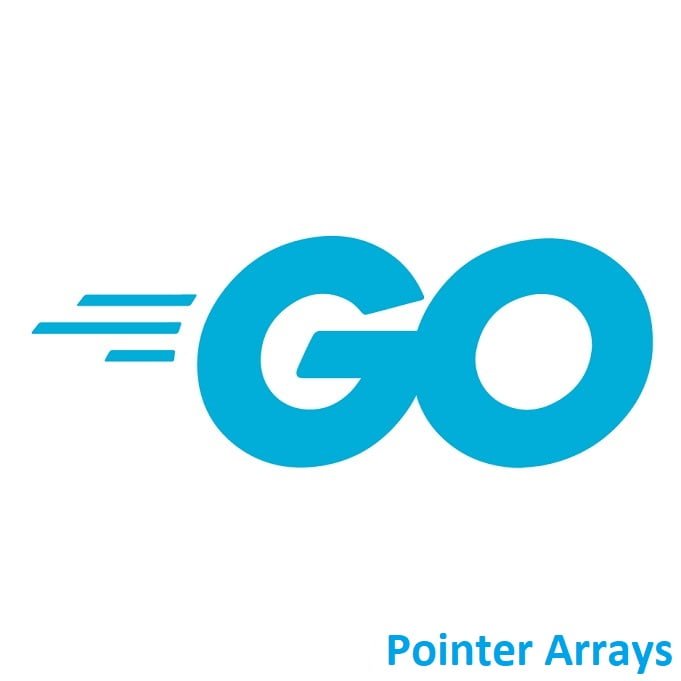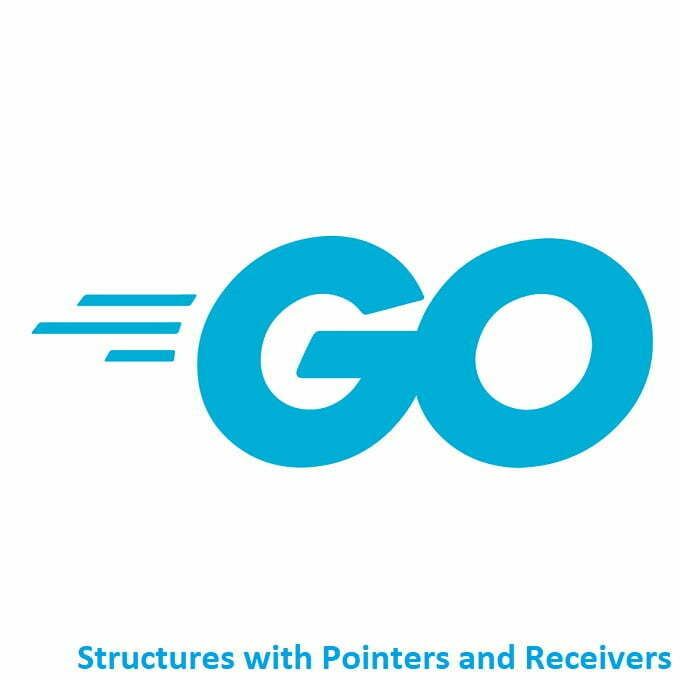
Leveraging Pointers for Dynamic Array Management
Welcome to the world of pointer arrays in Go! Pointers offer a flexible way to work with memory and combining them with arrays unlocks powerful dynamic memory management capabilities. In this comprehensive guide, we’ll explore pointer arrays in Golang, understanding how pointers enhance array operations, offering greater control over memory allocation and data manipulation.
How to use Pointers with Arrays
In Go, arrays are fixed-size collections of elements that are of the same data type. Arrays in Go have a fixed length, which means you must specify the size of the array when declaring it, and this size cannot be changed later. However, you can use pointers to work with arrays and manipulate their elements indirectly.
Golang Code:
Here’s an example of how you can use pointers with arrays in Go:
package main
import "fmt"
func main() {
// Declare an array of integers with a fixed size of 5
var arr [5]int
// Initialize the elements of the array using a pointer
for i := 0; i < len(arr); i++ {
arr[i] = i * 2
}
// Print the original array
fmt.Println("Original Array:", arr)
// Declare a pointer to the array
var ptr *[5]int
ptr = &arr
// Use the pointer to modify an element of the array
ptr[2] = 42
// Print the modified array
fmt.Println("Modified Array:", arr)
}Compile and run the code above and you will see the following result:
Original Array: [0 2 4 6 8]
Modified Array: [0 2 42 6 8]
Breaking Down the Code
- We declare an array
arrof integers with a fixed size of 5. - We initialize the elements of the array using a
forloop. - We declare a pointer
ptrto the array, and we assign the address of thearrarray to it using the&operator. - We use the pointer
ptrto modify an element of the array by indexing it just like we would with the array itself. - When we modify the element through the pointer, it also changes the original array
arr.
Conclusion
Congratulations on delving into the world of pointer arrays in Go! You’ve gained insights into leveraging pointers for dynamic array management, unlocking flexibility and efficiency in memory handling. Keep in mind that arrays in Go are not often used in practice because they have a fixed size. Slices are more commonly used as they are more flexible. Slices are essentially dynamic arrays and can be manipulated more easily. As you continue exploring Go programming, practice utilizing pointer arrays for tasks that demand dynamic memory allocation, optimizing your code for performance and scalability.
That’s All Folks!
You can find all of our Golang guides here: A Comprehensive Guide to Golang




